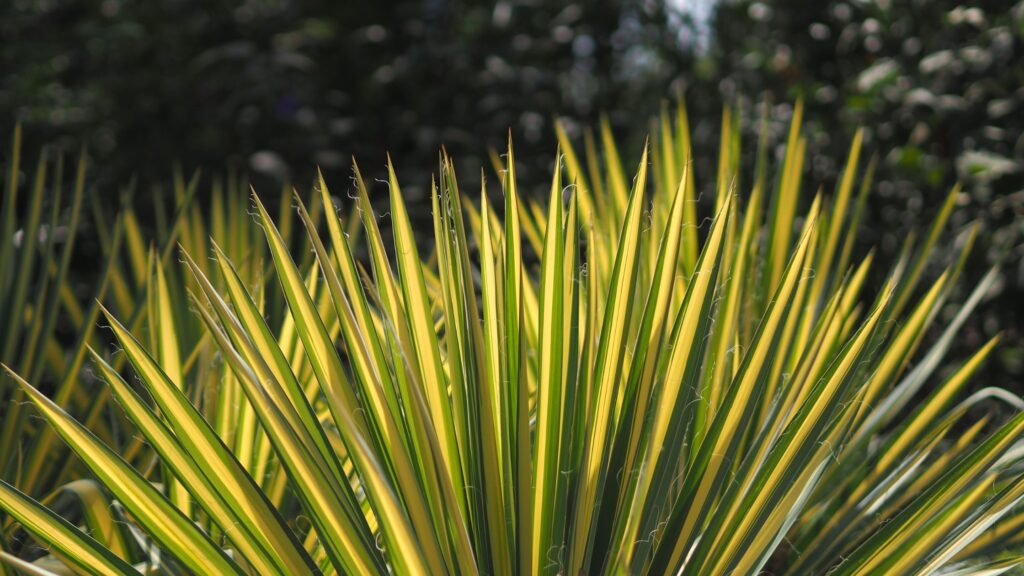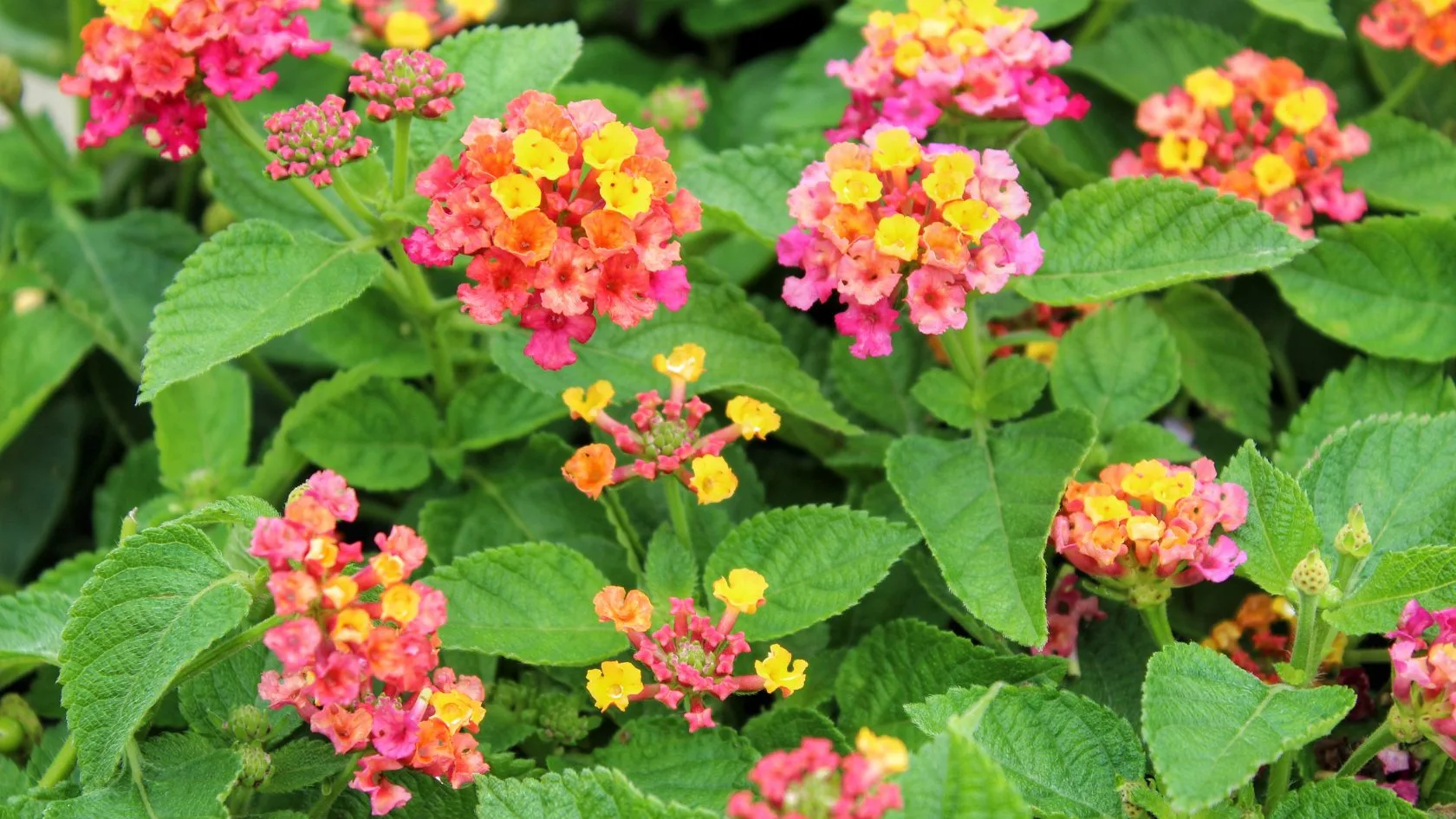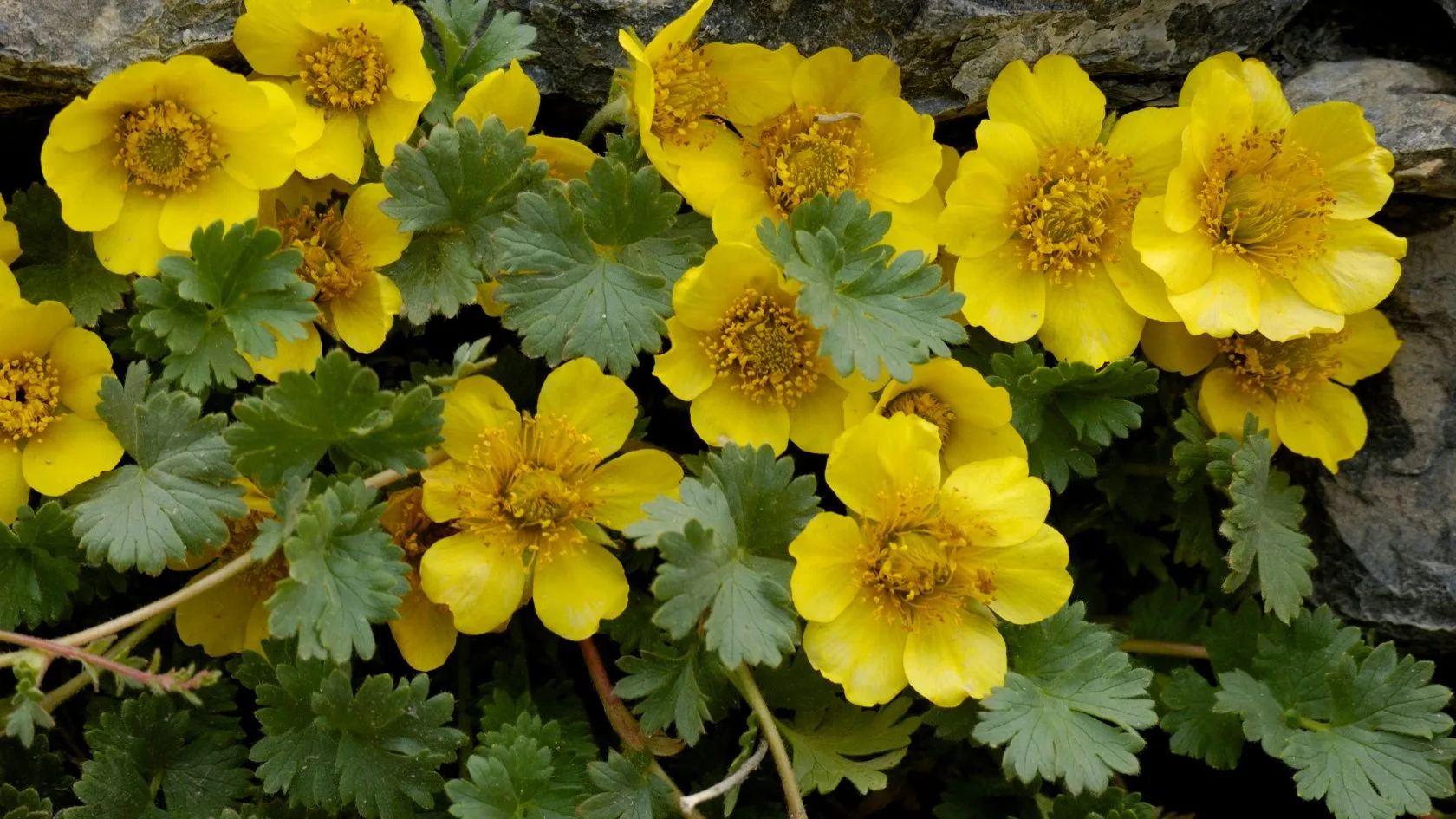A Yucca plant is a spiky plant with sword-shaped leaves. There are about 40-50 different kinds, all originally from hot and dry places in North and Central America, as well as the Caribbean. Yucca are popular ornamental plants due to their low-maintenance requirements and architectural form. They are also a good choice for xeriscaping projects and rock gardens because of their ability to withstand drought conditions.

Types of outdoors Yucca plant
- Spineless Yucca
- Spanish Bayonet
- Beaked Yucca
- Soaptree Yucca
- Banana Yucca
Types of Indoor Yucca Plant
- Yucca aloifolia
- Yucca guatemalensis
- Yucca recurvifolia
yucca plant care
- Growing Outdoor Yucca Plants:
- Yuccas are native to the Southwest U.S. and thrive in dry, sandy regions like deserts and Great Plains.
- They can tolerate poor, sandy, well-drained soils in full sun, efficiently handling heat, drought, and salt spray.
- When planting yuccas outdoors, choose a location away from paths and sidewalks, as their sharp leaf tips can cause injury.
- Their invasive root systems can disrupt sidewalks, so avoid planting them too close to structures.
- Ideal outdoor placement includes full sun exposure, but ensure they receive a few hours of shade during the day.
- If you plan to grow yuccas indoors and want to bring them outside during summer, gradually acclimate them to outdoor conditions by hardening them off.
- Indoor Yucca Plant Care:
- Use soil-based compost with added horticultural sand or grit for good drainage when potting your yucca indoors.
- Repot every two to three years to prevent the plant from becoming top-heavy and toppling over.
- Yuccas are drought-tolerant, so allow the soil to dry out between waterings.
- Overwatering can lead to root rot and a softening of the trunk.
- Prune any dead or damaged leaves to maintain the plant’s appearance.
- Toxicity and Safety:
- Be cautious if you have pets; all parts of the yucca plant are toxic to dogs, cats, and horses.
- Keep them out of reach to prevent accidental ingestion.
Yucca Plant Australia
Due to their drought tolerance and architectural form, Yuccas are popular plants in Australia. They are a great choice for xeriscaping projects and rock gardens, and many varieties can thrive in the hot, dry climate of much of Australia. Here are some popular Yucca options for Australian gardeners:
Spineless Yucca (Yucca elephantipes): This is the most popular Yucca variety in Australia, both indoors and outdoors. It features a single trunk with a crown of sword-shaped leaves. Unlike other Yucca varieties, it lacks spines, making it a safer option for gardens with children or pets. It can grow up to 30 feet tall outdoors.
Outdoor Yucca Plant Problems
Here are some of the most common issues you might encounter with your outdoor Yucca:
- Overwatering: This is a frequent culprit for Yucca problems. Yuccas are desert plants and prefer dry soil. Signs of overwatering include drooping leaves, yellowing leaves, and root rot. If you notice these symptoms, reduce watering and allow the soil to dry out completely before watering again. In some cases, you may need to repot your Yucca with fresh, well-draining soil.
- Underwatering: While less frequent, underwatering can also occur. Yucca can tolerate some drought conditions, but if the leaves start to curl or turn brown at the tips, it may be getting too dry. Water deeply when the top few inches of soil feel dry to the touch.
- Insufficient Light: Yuccas need plenty of sunlight, ideally at least 6-8 hours a day. If your Yucca is planted in too much shade, the leaves may become weak and stretched.
- Pests and Diseases: Fortunately, Yucca plants are not particularly prone to pests or diseases. However, they can be susceptible to scale, aphids, and fungal diseases if stressed by improper watering or inadequate sunlight. You can treat scale and aphids with insecticidal soap or neem oil. Fungal diseases can be more challenging and may require fungicide treatment.
Yucca Plant Indoor Benefits
- Air Purification:
- Yuccas are excellent natural air purifiers. They absorb harmful chemicals like formaldehyde, benzene, and xylene from the air, improving indoor air quality.
- Having yucca plants in your home can help create a healthier living environment.
- Low Maintenance:
- Yuccas are hardy and require minimal care. They thrive in bright light and can tolerate periods of drought.
- Perfect for busy individuals or those new to plant care!
- Architectural Aesthetics:
- Yuccas have striking, sword-like leaves that add a sculptural element to your indoor space.
- Their unique appearance complements modern, minimalist, or desert-themed decor.
- Vastu Considerations:
- According to Vastu Shastra (an ancient Indian architectural science), yucca plants are believed to bring positive energy and protect against negative influences.
- Place them in the southeast corner of your home or office for auspicious energy flow.
- Symbolism:
- Yuccas symbolize strength, resilience, and adaptability.
- Having them around can serve as a reminder to stay strong and flexible in life.
yucca plant’s scientific name
Here are a couple of other examples:
- Spanish Dagger (Yucca aloifolia)
- Soaptree Yucca (Yucca elata)
- Beaked Yucca (Yucca rostrata)



good post.Ne’er knew this, thanks for letting me know.